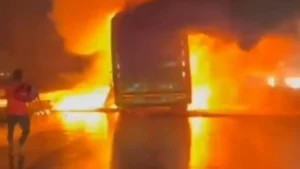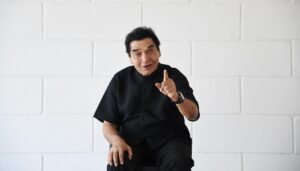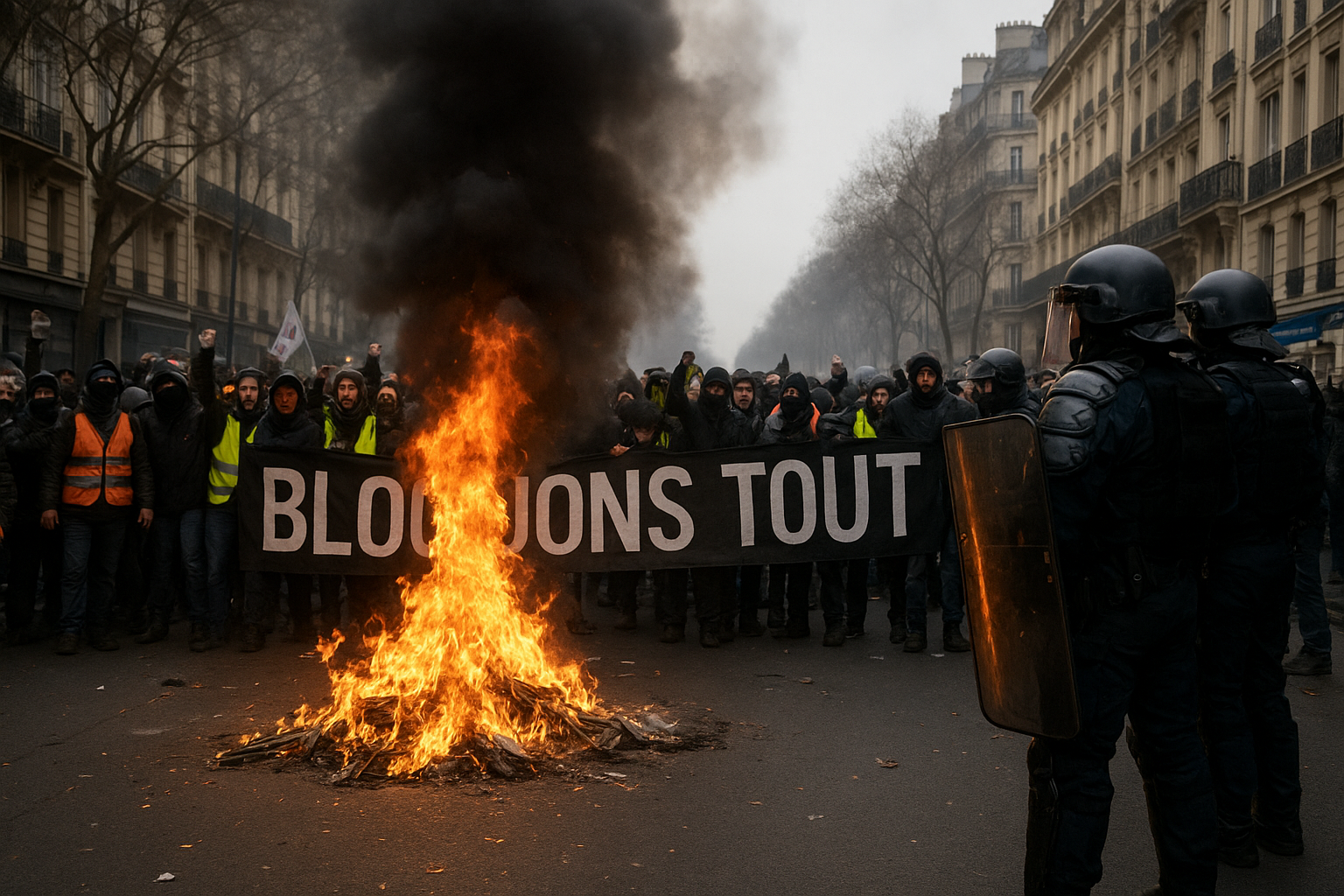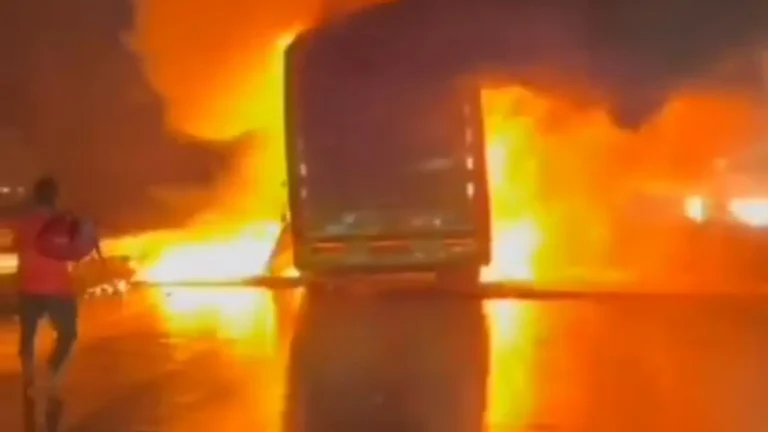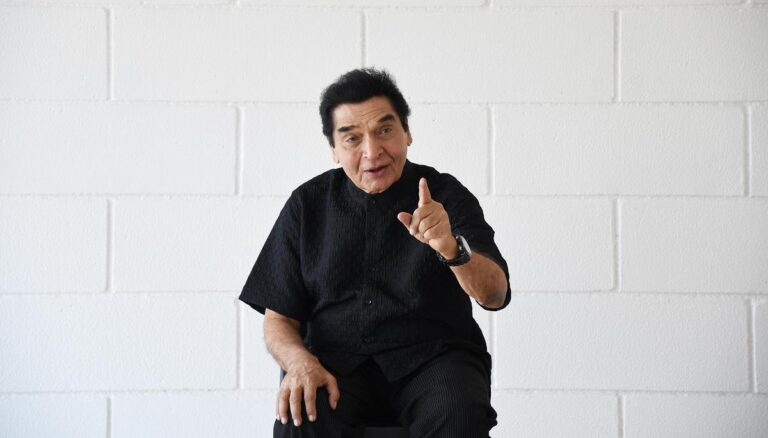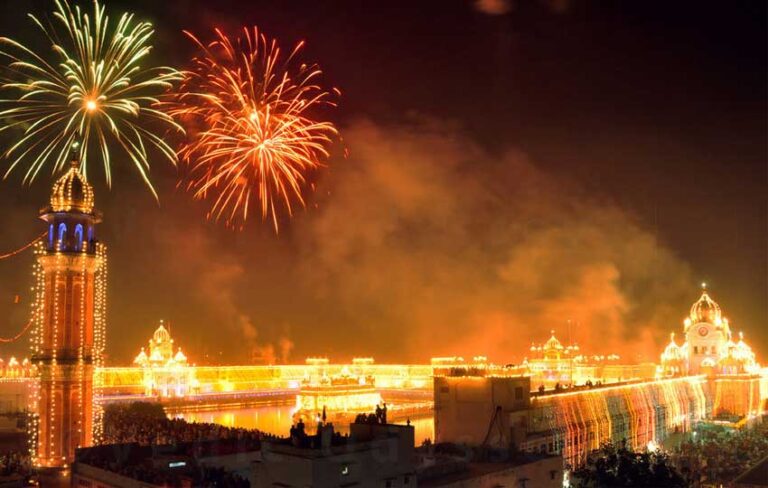France was once again thrust into political and social turmoil on September 10, 2025, as tens of thousands of demonstrators took to the streets in what has been dubbed the “Block Everything” movement (French: Bloquons tout). The wave of unrest, reminiscent of the 2018 Yellow Vest protests, erupted just hours after President Emmanuel Macron appointed his fifth prime minister in less than two years, highlighting the mounting pressure on his government.
The protests, marked by road blockades, burning barricades, clashes with police, and mass arrests, underscore the deep frustration felt across the French population over austerity-driven policies and political instability.
Origins of the “Block Everything” Movement
The demonstrations were triggered by Macron’s decision to replace outgoing Prime Minister François Bayrou with Sébastien Lecornu, a move seen by critics as an attempt to contain public anger ahead of the October budget session. Bayrou had unveiled controversial proposals for €44 billion in spending cuts, including the removal of two public holidays and reductions in healthcare and education budgets.
What began as a loosely coordinated online campaign with ties to far-right activists quickly spread across the political spectrum. Within days, left-wing groups, trade unions, students, and teachers joined forces, turning the protests into a broad-based rejection of Macron’s economic strategy. The slogan “Block Everything” captured the mood of defiance, with organizers calling for nationwide disruption of transport, schools, and daily life.
Scenes of Chaos Across France
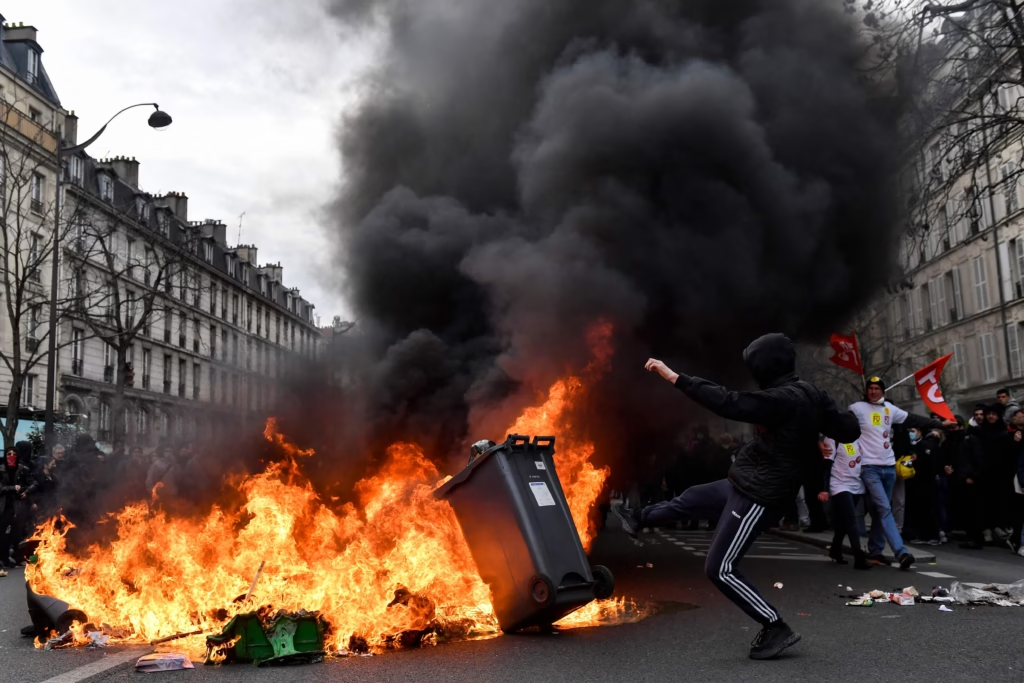
By dawn on September 10, major French cities, including Paris, Lyon, Marseille, and Toulouse, were already paralyzed. Protesters set fire to rubbish bins, erected barricades, and blocked railway lines. In Paris, crowds swelled near Gare du Nord and the Champs-Élysées, where confrontations with riot police escalated.
According to authorities, nearly 80,000 security forces were mobilized nationwide, with 6,000 officers deployed in Paris alone. Police used tear gas and water cannons to disperse crowds, but pockets of violence persisted throughout the day.
- Reuters reported at least 75 arrests, while the Associated Press placed the number at over 250, with 159 in Paris alone.
- Several officers were injured, and videos circulating online showed clashes where protesters hurled projectiles and police responded with baton charges.
- Public transport services were severely disrupted, with trains canceled, roads blocked, and airports facing delays.
The scenes evoked memories of the Yellow Vest uprising, which had shaken Macron’s first term and forced him to reverse several economic reforms.
Political Fallout and Macron’s Dilemma
For President Macron, the unrest could not have come at a worse time. His government is already weakened by political instability, with Lecornu being the fifth prime minister since 2023. Opposition leaders seized on the protests to attack the administration.
Left-wing leader Jean-Luc Mélenchon declared that the demonstrations showed “the people’s refusal to pay for Macron’s austerity,” while far-right figure Marine Le Pen accused the president of “losing control of the streets.”
Lecornu, newly sworn in, attempted to strike a conciliatory tone, promising a “revised budget with fairness and dialogue” in October. But critics argue that the rapid succession of prime ministers and the government’s reliance on emergency decrees has eroded trust in institutions.
Political analysts warn that Macron is walking a tightrope: pushing austerity too hard risks more social unrest, while backing down could undermine France’s efforts to rein in its rising debt and meet EU fiscal requirements.
What Comes Next
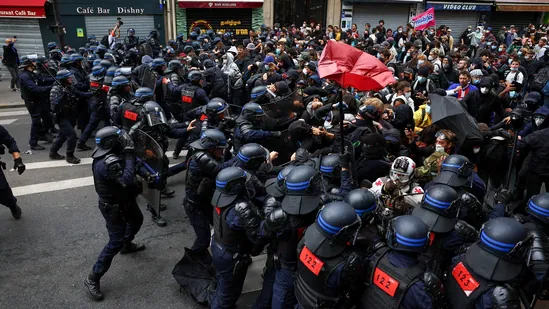
The French Democratic Confederation of Labour (CFDT), the country’s largest trade union, has already called for a national strike and day of action on September 18, 2025. Union leaders expect teachers, transport workers, and healthcare staff to join the demonstrations, potentially amplifying the crisis.
“This is not a one-day revolt,” said Laurent Berger, the CFDT’s former secretary general, in a television interview. “People are tired of being told to sacrifice while inequality grows.”
If the September 18 mobilization gathers momentum, Macron’s government could face its most serious test since the Yellow Vest crisis, raising fears of prolonged strikes, economic disruption, and even political paralysis.
A Wider European Context
France’s turmoil also echoes broader European anxieties. Governments across the continent are grappling with rising public debt, inflationary pressures, and demands for spending cuts. Yet, as the French protests show, austerity remains politically toxic—particularly when it touches sensitive areas like public holidays, education, and healthcare.
European markets responded nervously to the events in France, with bond yields rising amid concerns about instability in the eurozone’s second-largest economy.
Block Everything
The “Block Everything” protests mark a dramatic escalation of France’s simmering discontent and put Emmanuel Macron’s presidency under renewed strain. Whether the government can steer the country through the coming budget battle without triggering another wave of mass uprisings remains uncertain.
